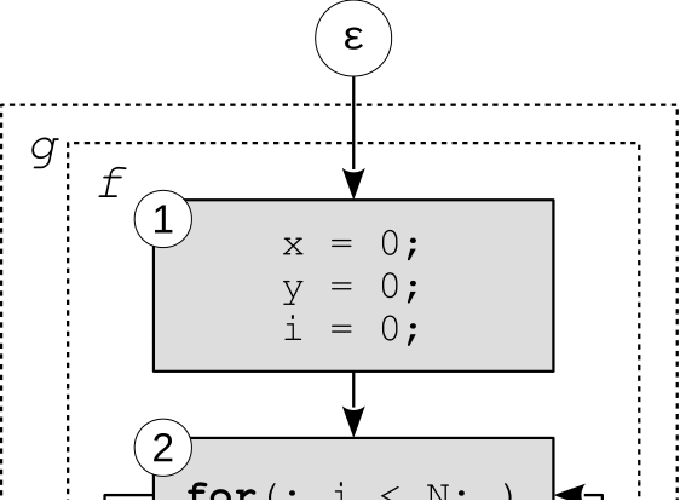Abstract
The research of a safe Worst-Case Execution Time (WCET) estimation is necessary to build reliable hard, critical real-time systems. Infeasible paths are a major cause of overestimation of the Worst-Case Execution Time (WCET): without data flow constraints, static analysis by implicit path enumeration will take into account semantically impossible, potentially expensive execution paths, making the Worst-Case Execution Path unreachable in practice. We present in this paper an approach that allows to significantly tighten the WCET by identifying infeasible paths, namely in loops, and injecting them as additional Integer Linear Programming (ILP) constraints during the WCET computation. Our entire analysis, albeit platform independent, works directly on binary programs in order to get the tightest, most reliable WCET. Impactful infeasible paths are largely found within (often nested) loops; therefore having an efficient, exploitable and reasonably scalable representation of the state of a program within loops is a key challenge of infeasible path analysis. We show ours to yield decidedly significant results on a selection of benchmarks from actual hard real-time applications as well as the classic Mälardalen suite.
